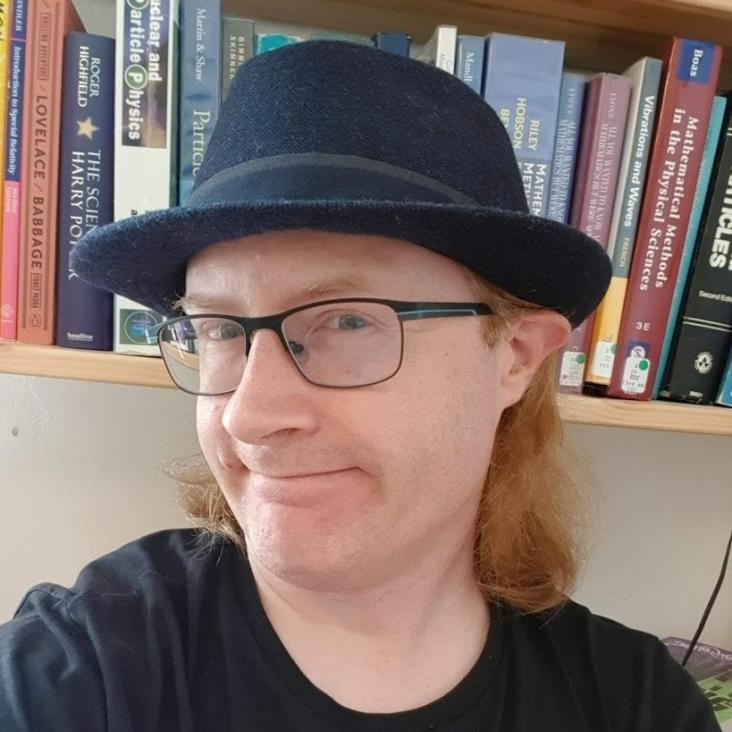The Muon g-2 Experiment and 3He Magnetometry
The anomalous magnetic dipole moment of the muon is a powerful probe for New Physics. The latest results from the Fermilab muon g−2 experiment give a 4.2σ discrepancy between the experimental measurement and theoretical calculation. The experiment required the 1.45T magnetic field across the muon storage ring to be monitored to 70ppb precision by proton NMR sensors, each calibrated against a standard probe. I started a work programme in Oxford to develop a new standard calibration probe using a 3He gas sample. After Oxford withdrew from the project, this work was completed by collaborators.
Neutron Electric Dipole Moment and SQUID Magnetometry
The neutron electric dipole moment is a powerful probe of New Physics beyond the standard model. A non-zero measurement of this parameter would help pin down the CP-violating processes required to explain the matter-antimatter asymmetry of the Universe. I developed a SQUID magnetometry system to track the magnetic field in the neutron measurement cell of a cryogenic experiment to sub-picotesla precision and operate in the superfluid environment without interfering with other aspects of the experiment. This technology has potential further applications in many other areas of physics. I carried out research using SQUIDs for geomagnetic studies, and investigated industrial applications for geophysical exploration. In collaboration with the LSBB underground laboratory, I carried out a series of field trips to monitor geomagnetic field fluctuations and search for a signal correlated with the groundwater flow rate. I also led a project to investigate whether SQUID sensors could lead to improvements in geophysical exploration using the magnetotelluric method.
Dark Matter Detectors
As a graduate student, I worked on the development and assembly of the 66-channel SQUID readout for the CRESST dark matter search. After completing my D.Phil. in 2003, I worked at the Gran Sasso laboratory, running the experiment; taking the data used to set limits on WIMP dark matter and identify the alpha decay of 180W; and supervising the installation of the new SQUID system and other components. I briefly worked on the EDELWEISS dark matter search and on R&D towards the planned 1-tonne dark matter experiment, EURECA.


